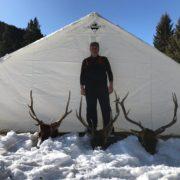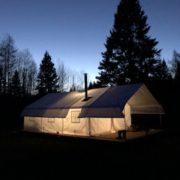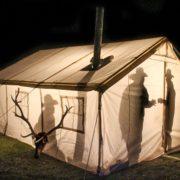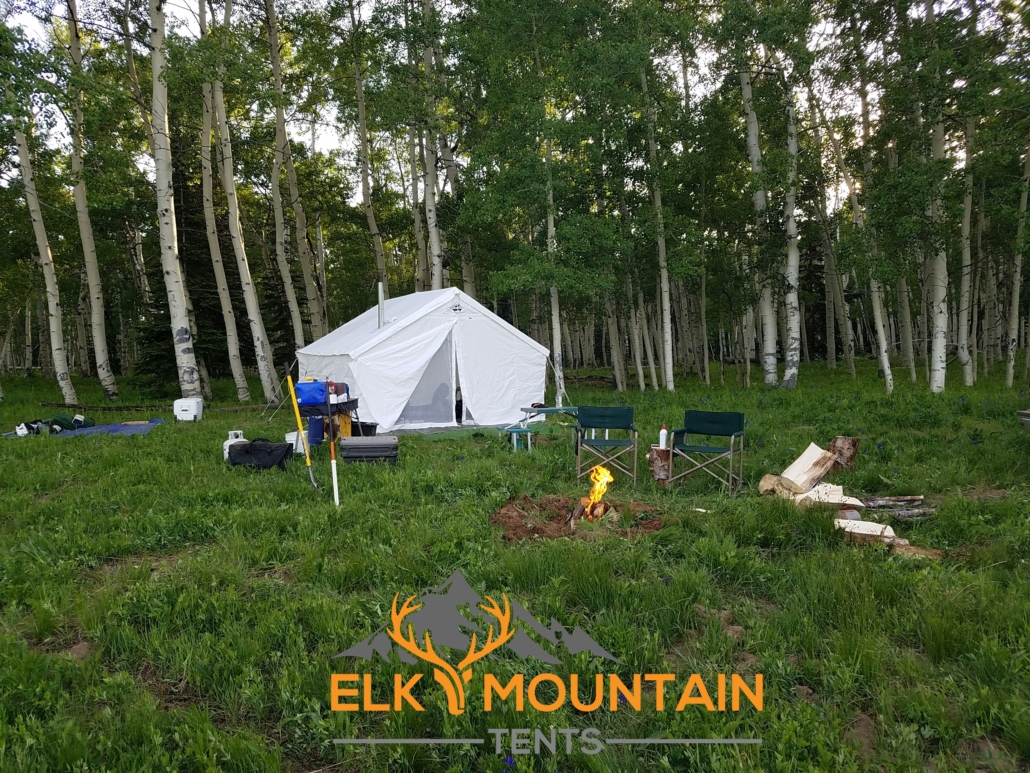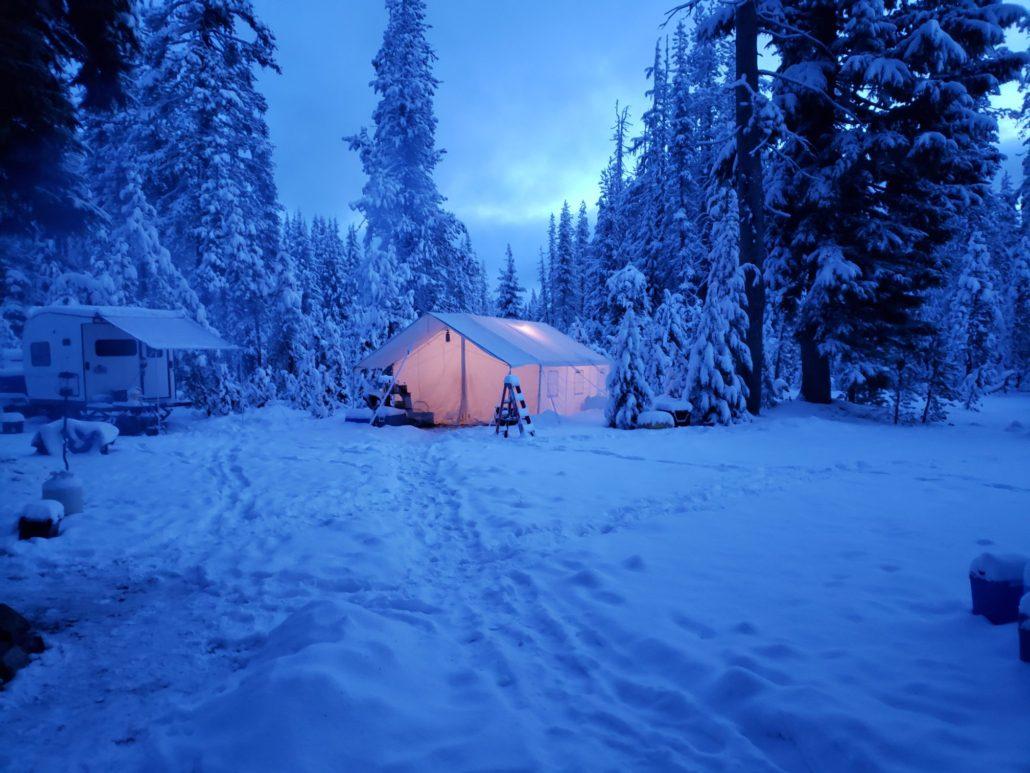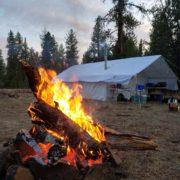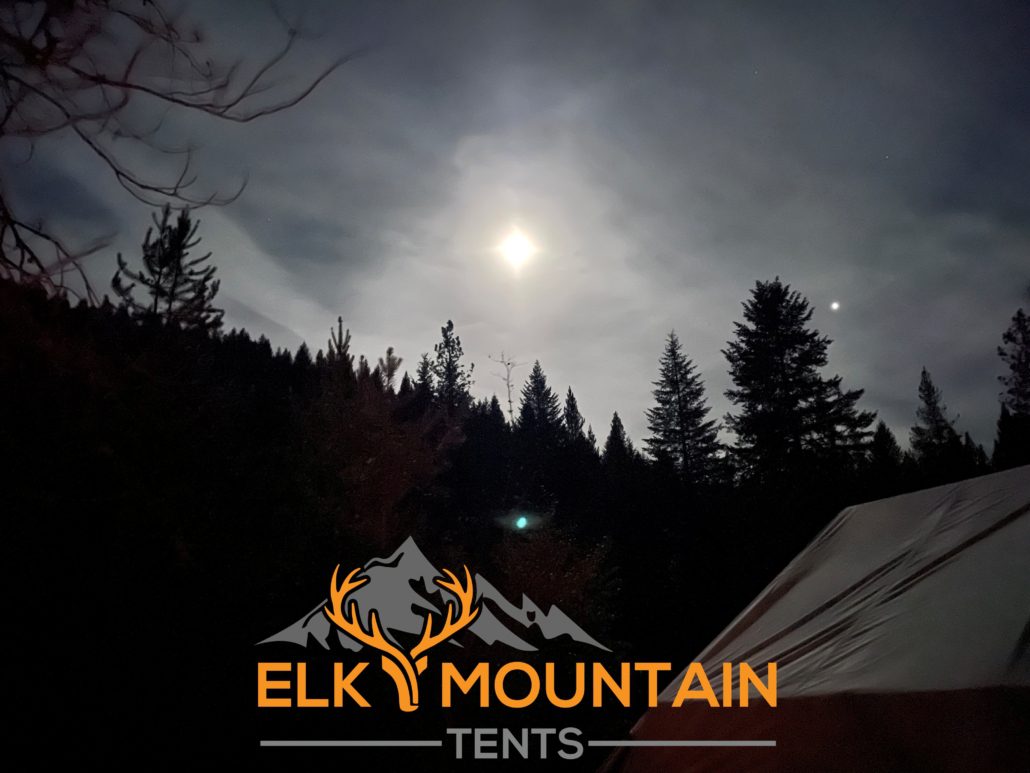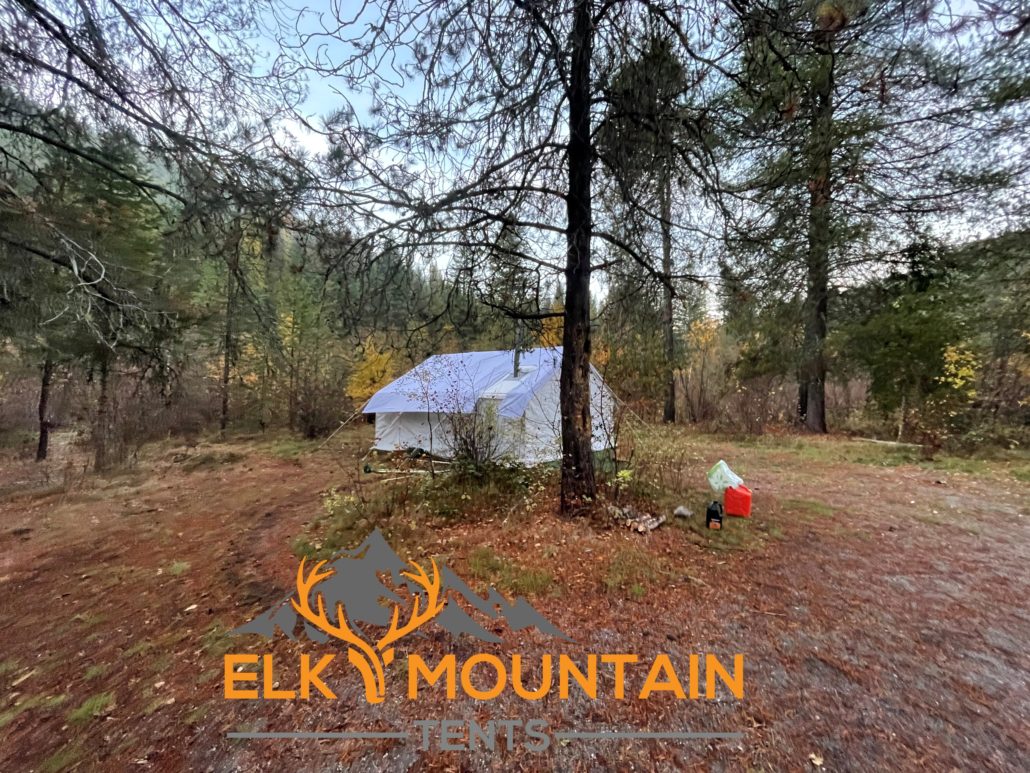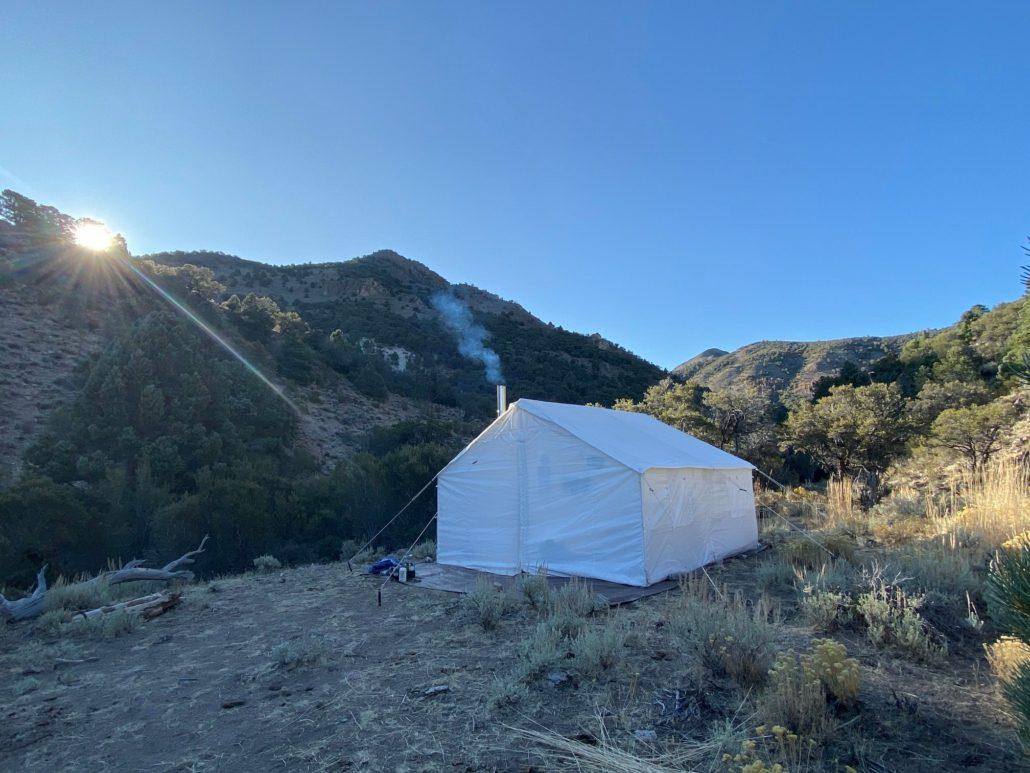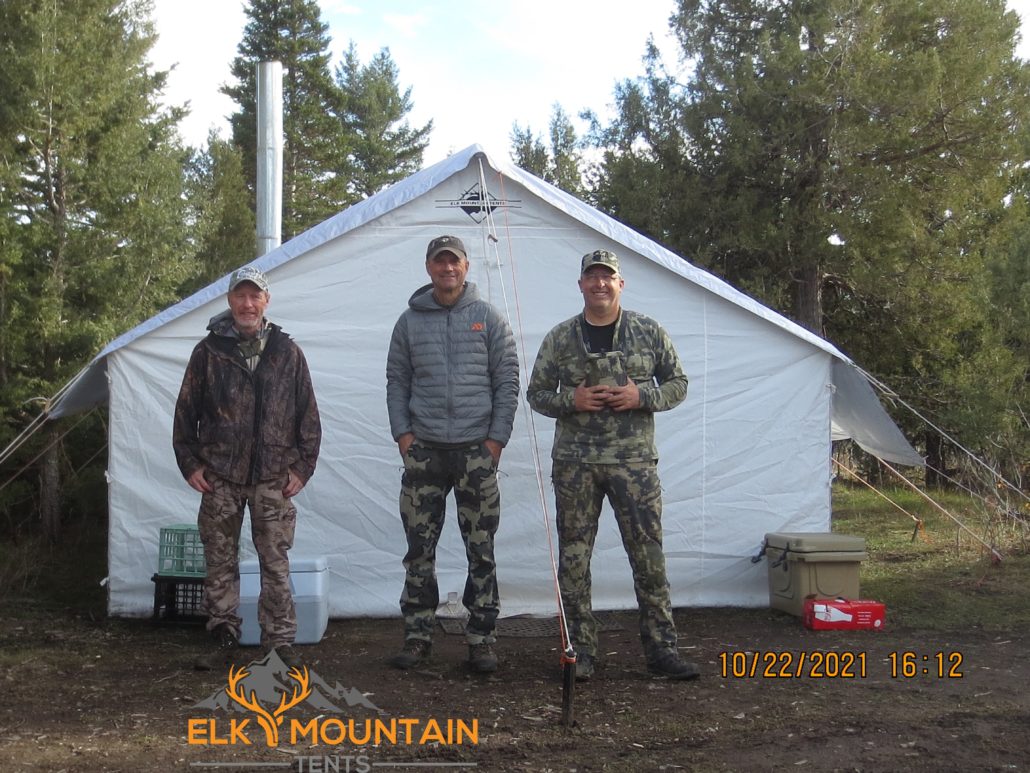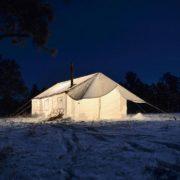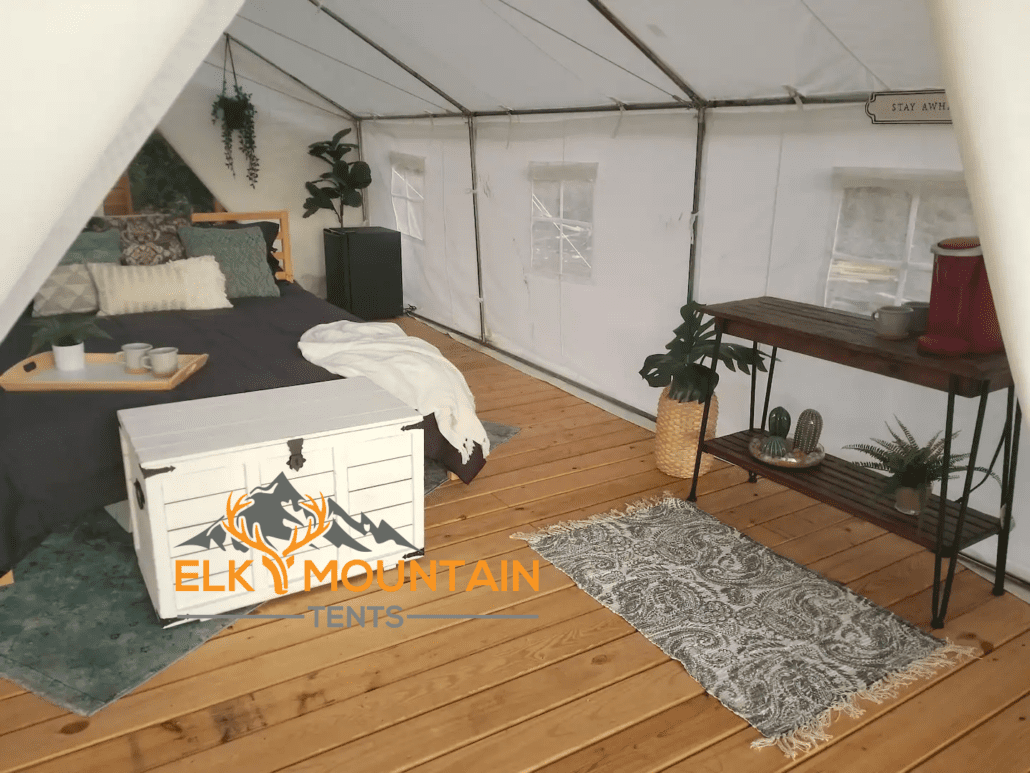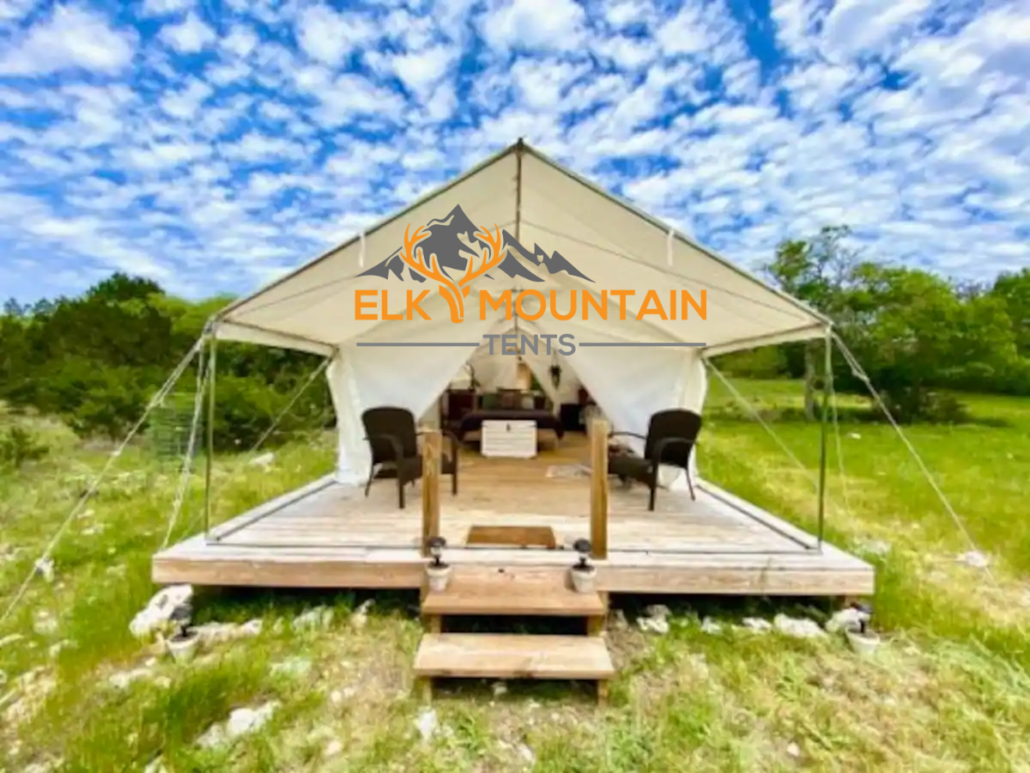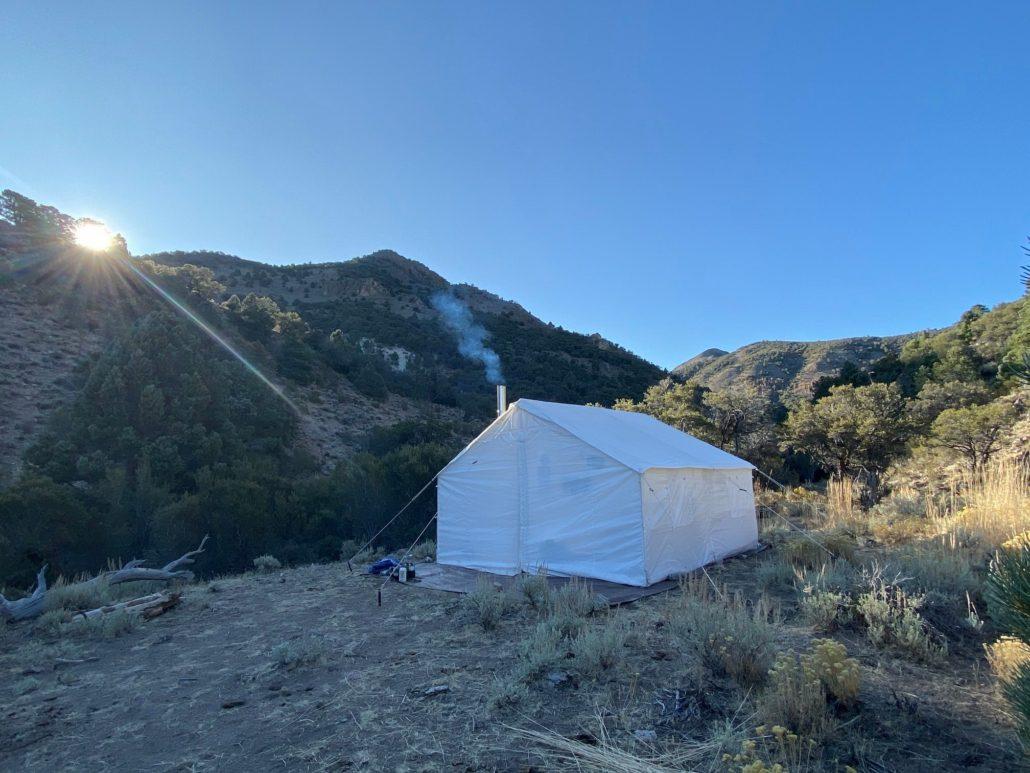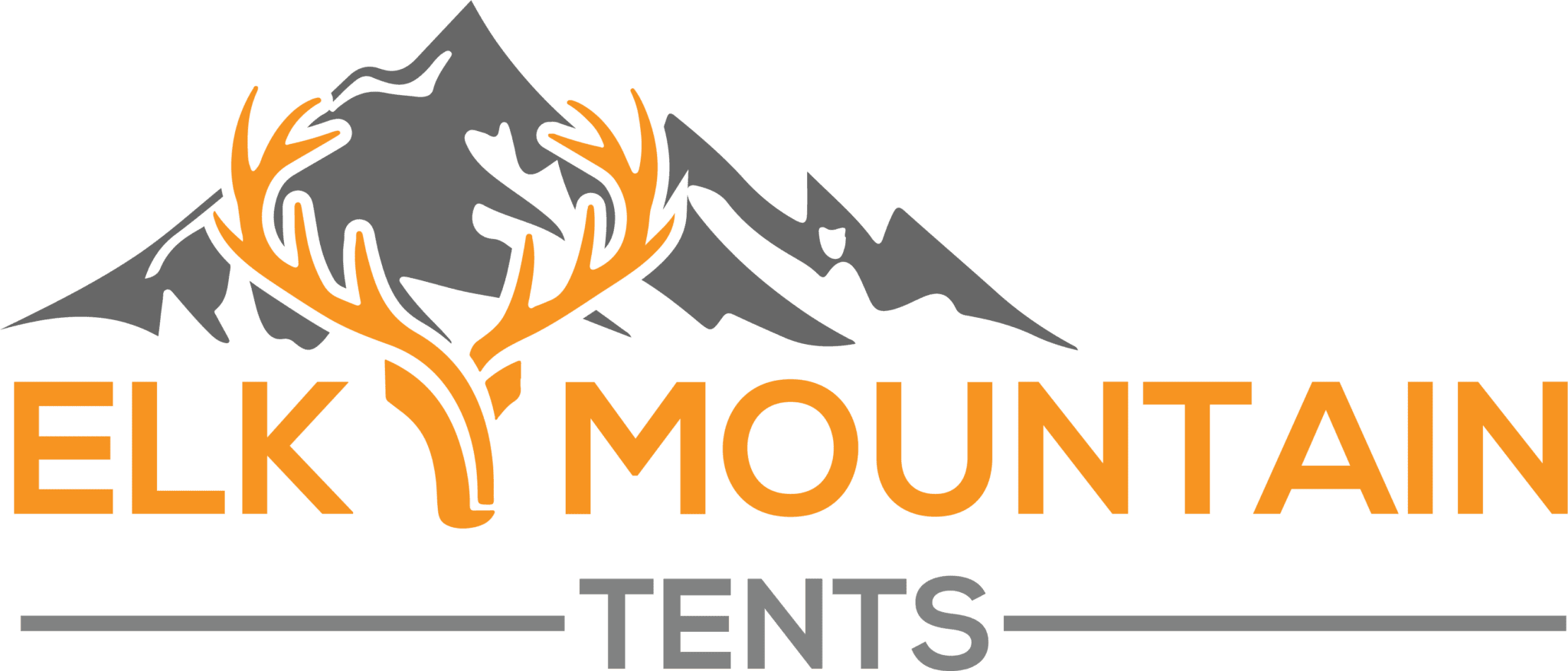Elk Mountain Tents: The Best Canvas Tents for Camping in All Seasons
Camping is a great way to experience the great outdoors and get away from the hustle and bustle of daily life. But to fully enjoy the camping experience, it is essential to have a reliable tent that can protect you from the elements while providing a comfortable living space. Canvas tents are a popular choice for camping, as they offer durability, breathability, and weather resistance. Among the many companies that make canvas tents, Elk Mountain Tents stands out as one of the best. This article will discuss the features of Elk Mountain Tents’ canvas tents and why they are the best choice for camping in all seasons.
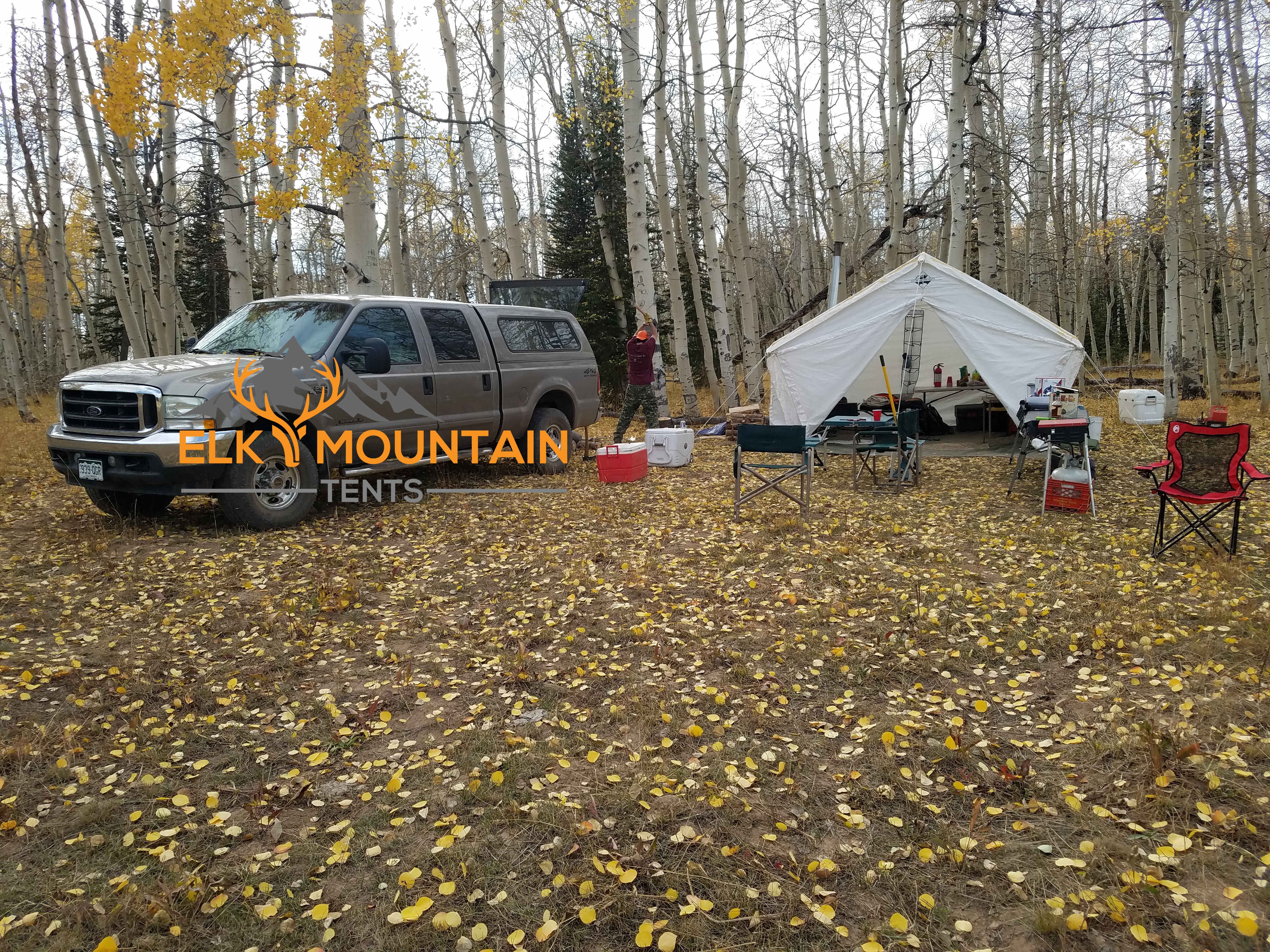
Features of Elk Mountain Tents’ Canvas Tents
Elk Mountain Tents offers a wide range of canvas tents that cater to different camping needs. Their tents are made from high-quality materials that are designed to withstand harsh weather conditions and provide a comfortable living space.
There are several reasons why Elk Mountain Tents’ canvas tents are the best choice for camping in all seasons. Here are some of the reasons:
- Durability
The canvas camping tents for sale by Elk Mountain Tents are made from a unique polyester canvas that boasts a break and tear strength comparable to 14 oz cotton canvas but coming in at only an 11 oz weight. They won’t rot like cotton canvas either. Simply put, they are designed to last.
- Speed
By avoiding custom orders, Elk Mountain Tents are able to ship your tent out the next day and have it on your door step in as little as two or three days.
- Breathability
The unique canvas material used by Elk Mountain Tents has a touch and breathability similar to cotton canvas. Ever model of canvas tent also has screened windows and vents that allow for air circulation, keeping the interior cool and comfortable. This feature is especially important during hot summer months when temperatures inside the tent can get uncomfortable.
- Weather Resistance
Elk Mountain Tents’ canvas tents are designed to withstand different weather conditions. The material used is naturally waterproof though rainflys are also available for purchase for extra protection against the elements.
- Comfort
Elk Mountain Tents’ canvas tents provide a comfortable living space. The tents are spacious and come with a variety of features such as mesh windows and a stove jack. All models of wall tent also come with an angle kit which will save you tons of money.
- Versatility
Elk Mountain Tents’ canvas tents are versatile and can be used in all seasons. The tents are suitable for camping in the summer, fall, winter, and spring. They provide shelter and protection from the elements in all weather conditions, making them a great investment for anyone who loves camping.
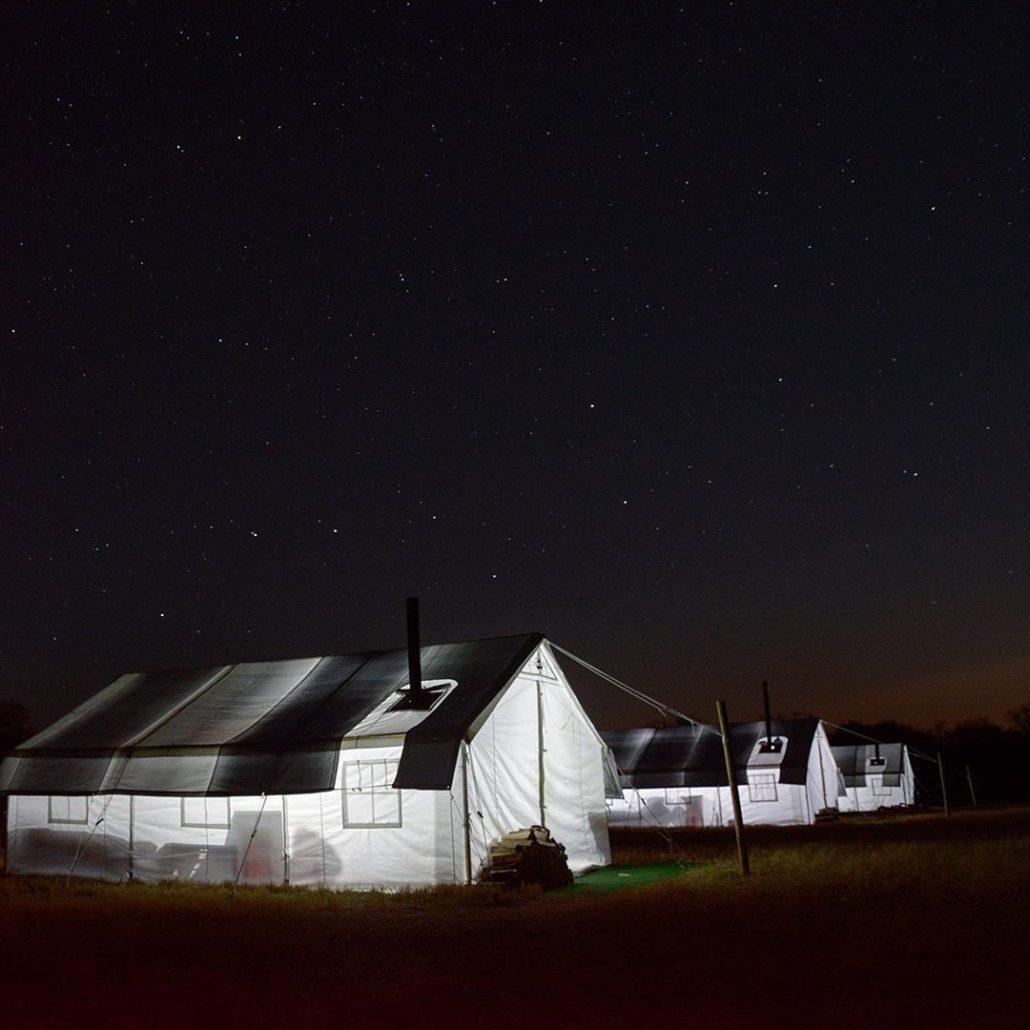
FAQs
- What is the difference between canvas tents and other types of tents?
Canvas tents are made from heavy-duty material that is either cotton, polyester, or a blend of the two, which makes them more durable and weather-resistant than other types of tents. They are also breathable, which makes them more comfortable in hot weather.
- Are canvas tents suitable for camping in all seasons?
Yes, canvas tents are suitable for camping in all seasons. They are durable, weather-resistant, and breathable, which makes them ideal for camping in different weather conditions.
- Can I use a wood stove inside an Elk Mountain Tents canvas tent?
Yes, the canvas tents come with a stove jack, which allows campers to use a wood stove inside the tent during cold weather. This feature is essential for winter camping as it provides heat and a cozy atmosphere inside the tent. It is recommended that you also use a stove matt and a heat shield (unless you’ve already treated the canvas for fire).
- How do I clean and maintain my Elk Mountain Tents canvas tent?
To clean your Elkmountaintents canvas tent, you can use a soft-bristled brush to remove any dirt or debris. You can also use a mild soap and water solution to clean the tent. After cleaning, allow the tent to air dry completely before storing it. To maintain your tent, avoid storing it when it is wet or damp, as this can lead to mold and mildew growth.
Conclusion
Elk Mountain Tents’ canvas tents are the best choice for camping in all seasons. They are durable, weather-resistant, breathable, and provide a comfortable living space. Whether you are camping in the summer, fall, winter, or spring, Elk Mountain Tents’ canvas tents will provide shelter and protection from the elements, making your camping experience more enjoyable. So, if you are planning a camping trip, consider investing in an Elk Mountain Tents canvas tent for a memorable and comfortable camping experience.

